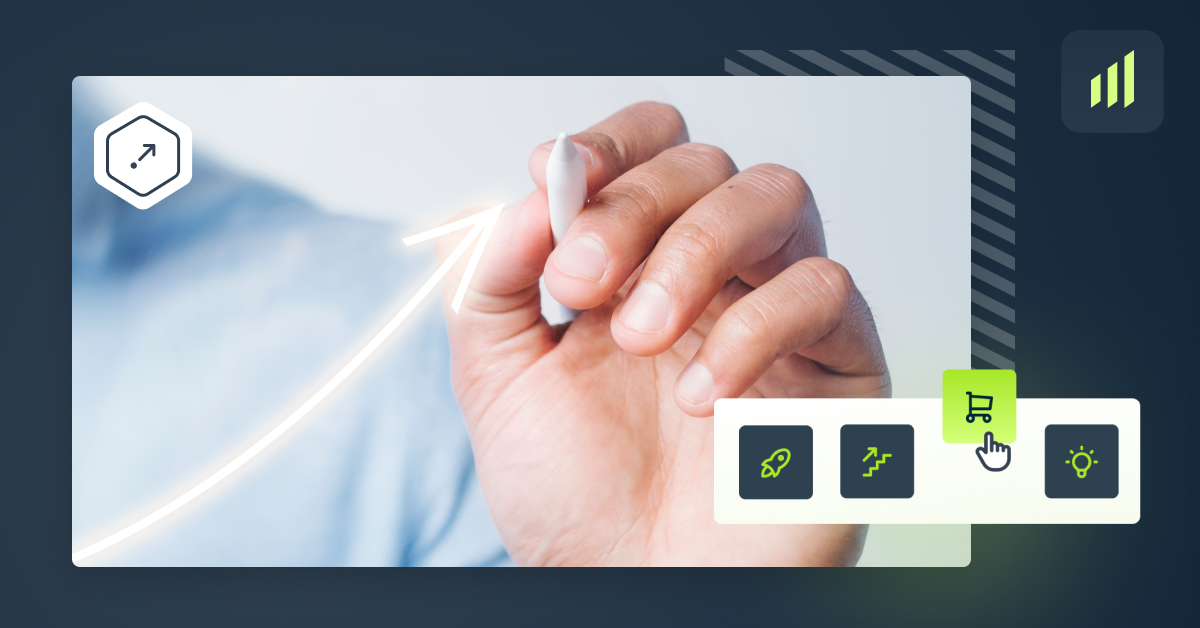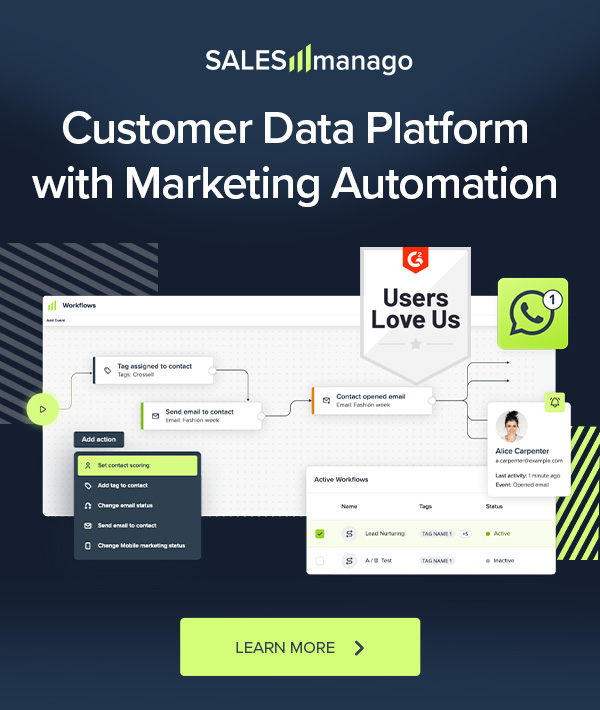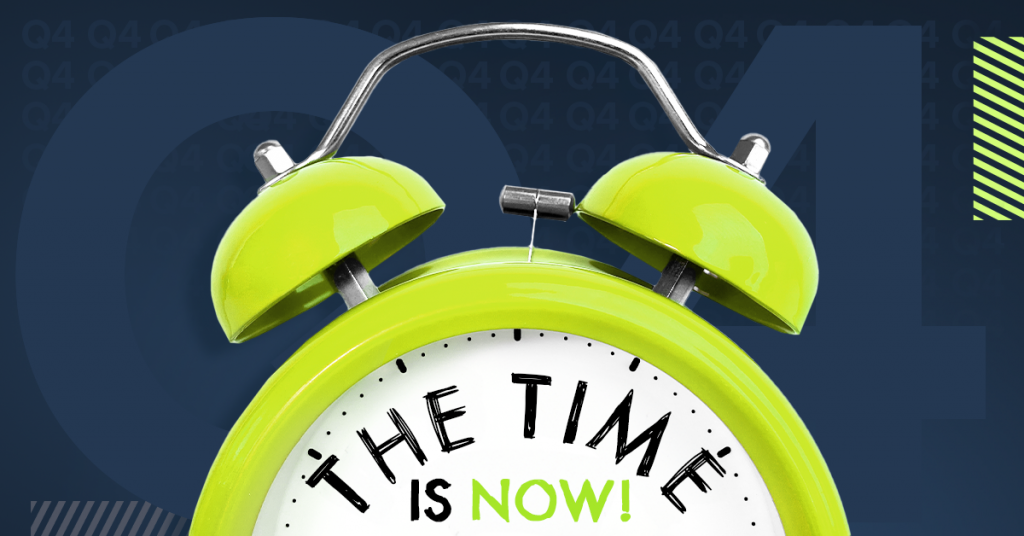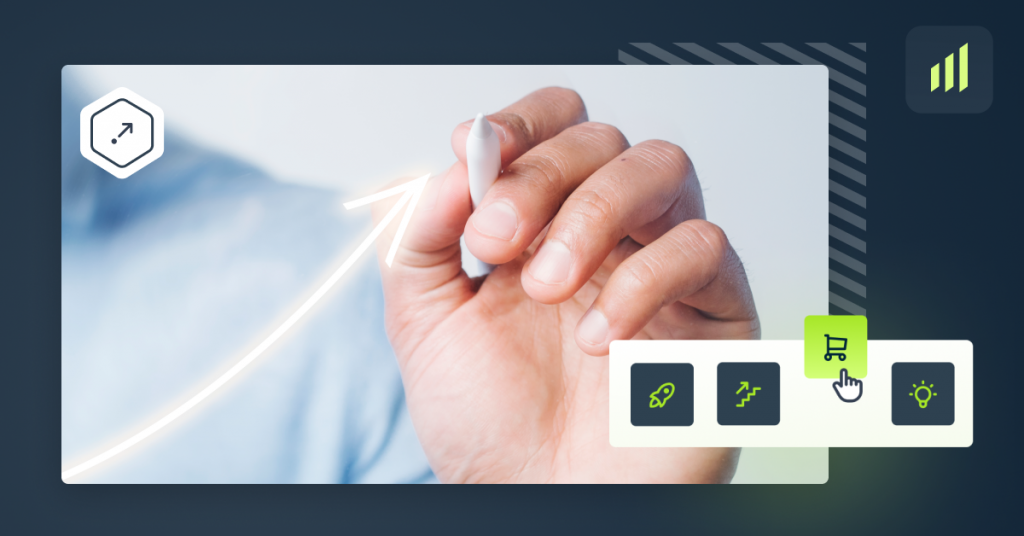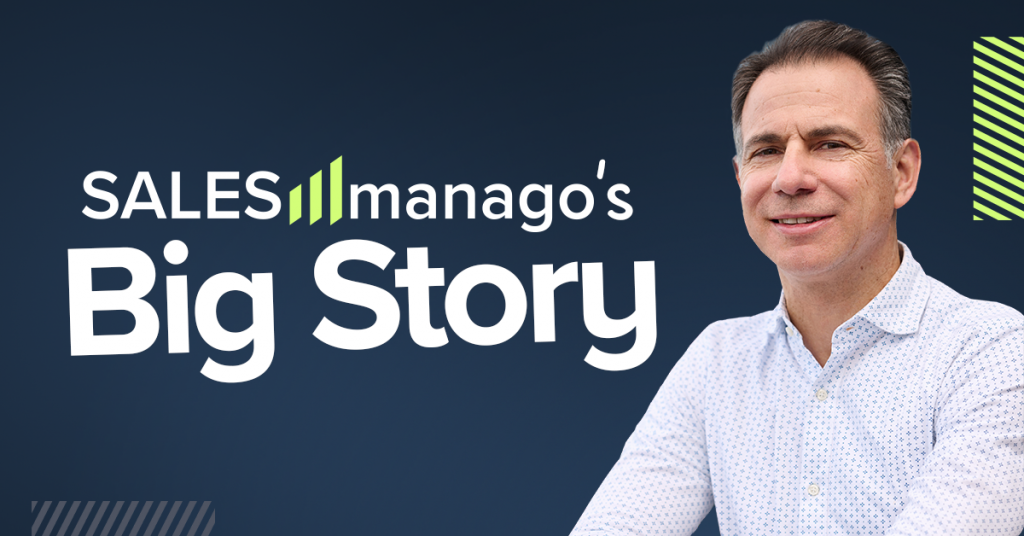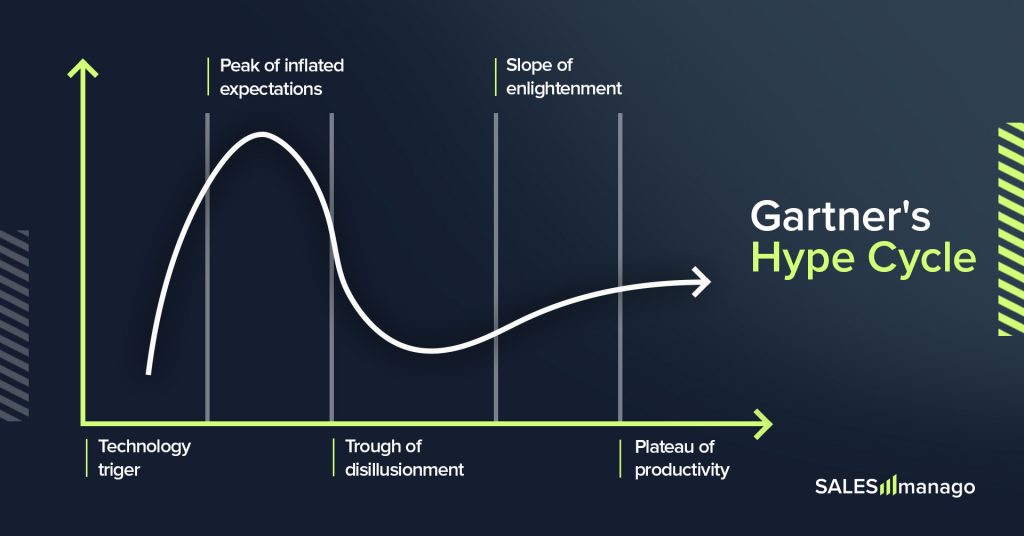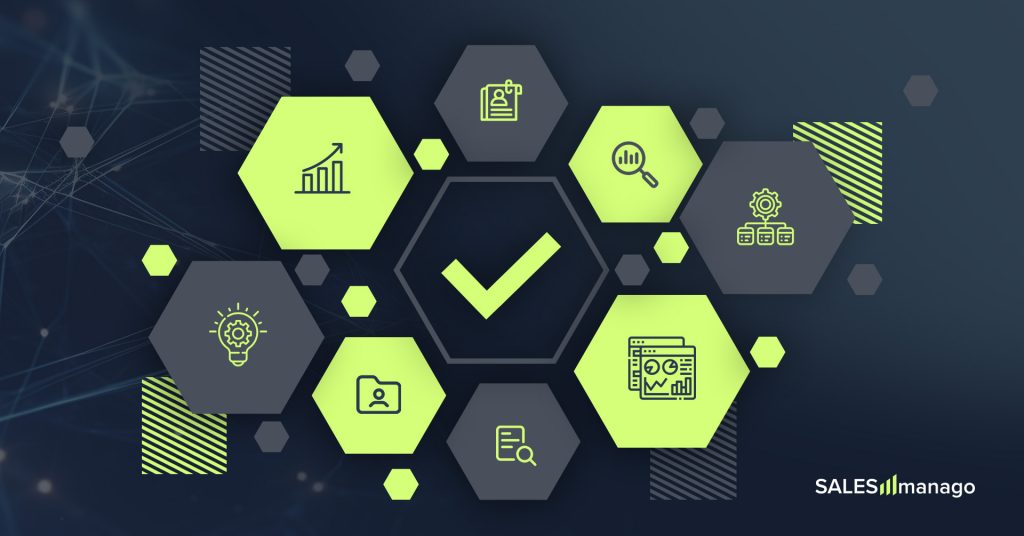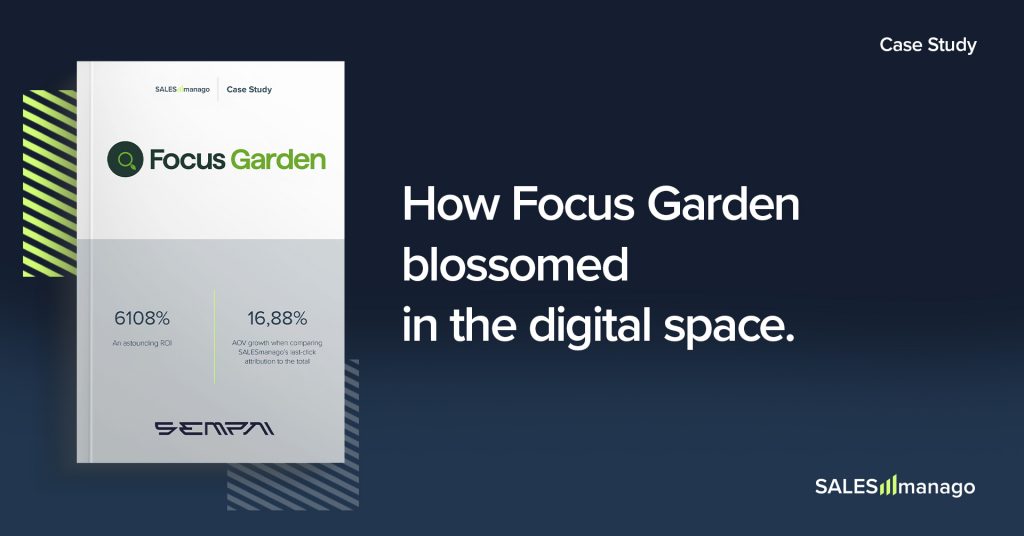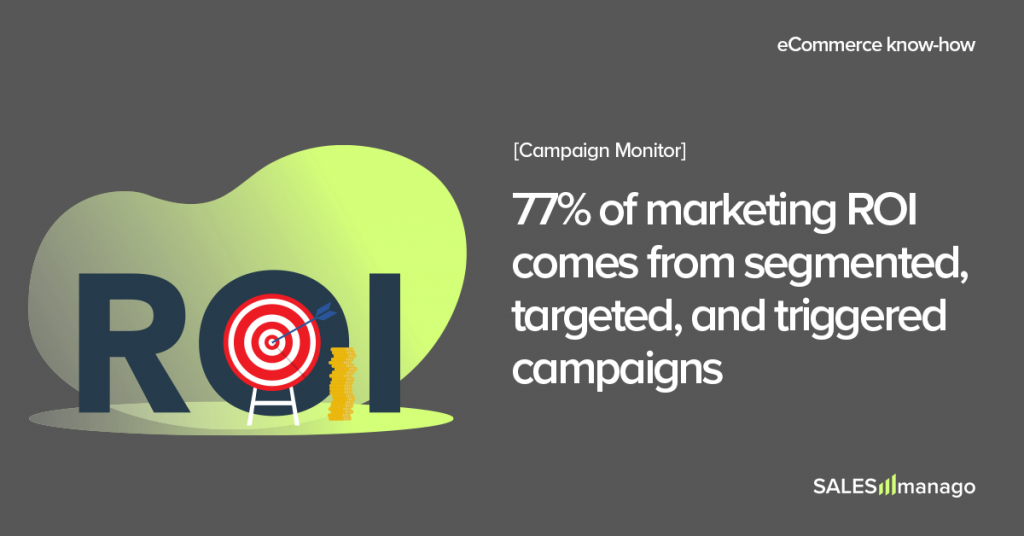
Segmentation has been around for quite some time already, but it resembled more of an uncut diamond – rough and not really visible. With the ongoing changes in technology used for gathering data and new generations of consumers, who require highly personalized content, updating data segmentation has become crucial. Segmented campaigns can bring up to 760% revenue growth for companies, so if you want to keep up with the biggest industry players, you must do it properly.
You’re probably thinking to yourself, ‘If I see one more line about how shopping has changed over the past years, I’m out’. You’re right, this statement seems to be obsessively repeated in every article related to eCommerce. But – I’ll be damned, it’s true! Shopping has changed, and ignoring it can cause serious damage to your business!
How it all started
A segment is a group of users who share something in common.
To give a little background on this topic, let me first explain how it used to be. At the dawn of personalized offers, market segmentation was based on just a handful of qualities.
Let me ask you a question, who would buy a wedding dress? Firstly – a bride-to-be, that’s obvious. But how about a man, who wants to buy it for his fiancé, a kid wanting to dress as Corpse Bride for Halloween, a middle-aged woman who just decided to marry or a stylist to use it for photoshoots?
A few years ago, in the not-so-distant past, a wedding dress manufacturer would only target women in their twenties and early thirties. And that would be about it. At the time, this unfair generalization was just enough for brands, after all, there’s always some woman who wants to buy a wedding dress, right? Well, let’s face it, that kind of thinking won’t get you far as a successful company.
That’s why you need completely different ways of segmentation.
Types of segmentation
As I said, segmentation has been around as long as e-commerce. But back then, in the 1990s, there was a lot of customer data and no smart ways to analyze it. Today, with the advent of codeless approaches and software, the full potential of data can be used for your own needs of better personalization. With the vast amount of data available on today’s consumers combined with proper software to analyze it and provide actionable insight, brands can amplify conventional market segmentation markers and supplement them with all kinds of data. These can include:
- Demographic segmentation – age, gender identification, education level, income, family situation or ethnicity or even job situation and industry,
- Psychographic segmentation – interests, beliefs, values, personality traits, priorities, influences or lifestyle,
- Behavioral Segmentation – buying patterns, brand loyalty, spending habits, brand interactions,
- Geographic segmentation – postal code, urban or rural, climate, area around a certain location, city, and country.
But even if segmentation has evolved and now includes many more elements, is this its final form?
Enter of hyper-segmentation
So here we go again… Shopping has changed over the last few years. This is thanks to upgraded AI-powered software that works much better than 5 years ago due to Machine Learning features. Also, the changing profile of the customers themselves! We have entered an era where a huge customer base consists of Millennials and Gen Z, who have very different needs than previous generations. 70% of millennials are frustrated with brands sending irrelevant offers! And of course the changes that the pandemic brought. The coronavirus made us rethink what we really needed for fear of losing our jobs or not having enough money. Maximizing offers to customers had to be almost perfect.
We’ve gone from the shock phase after COVID-19 through the acceptance phase, and now it’s time for action. While for now, marketers are heavily focused on go-to-market actions, in the longer term, they need to realize that eventually things will normalize and will return to normal aka. before pandemics. So how do you combine the ‘right now’ with the long-term, creating a solution that works for both?
Balancing these needs (flexible short-term, and solid long-term) is one hell of a ride for many executives. Here is where hyper-segmentation enters the picture.
What is hyper-segmentation
Hyper-segmentation involves identifying segments and accounts with high potential and high propensity for targeting. If you wonder, how is it different from the traditional segmentation, I’m rushing with an answer.
Hyper-segmentation, as the name suggests, is ‘hyper’, which means it goes beyond traditional segmentation. It is often referred to as 1:1 personalization. To give you a ready definition, according to Cap Gemini hyper-segmentation is “advanced and real-time customization of offerings, content, and customer experiences on an individual level.” Simply put, segmentation is the customization of a product, service or experience to a unique customer.
If you’re wondering how it differs from regular segmentation, it’s not just finding a group of people connected by the same characteristic. It’s more about creating a segment ‘at the moment’, even for a single customer. Companies are re-segmenting their customer base to target customers and potential customers who show an increased willingness to buy ‘now’.
Top 10 statistics swirling around hyper-segmentation
To give you an idea of how important hyper-segmentation is, there is no better way than to use statistics to do it.
77% of marketing ROI comes from segmented, targeted, and triggered campaigns
The reason for this is simply to segment your customers into small groups and, with the 1:1 approach, even into a single user with unique characteristics. This, of course, leads to highly personalized offers that translate into higher chances of purchase.
Non-targeted campaigns show a 50% lower CTR than segmented campaigns
Email marketing is alive and well, but non targeted campaigns are a dud compared to targeted ones! It is common knowledge that under no circumstances should you create one email copy and send it to everyone. The real art worth mastering is to unleash the power of hyper-segmentation and use it to send multiple email campaigns, even to the smallest possible groups, but with a guarantee that they will be opened. This will make customers feel valuable, resulting in a better Customer Experience that will directly translate into their loyalty to your brand.
Segmentation leads to 3 to 5% increase in returns on promoted sales
Using the potential of behavioral segmentation, you can easily act on AI-driven predictions of transactional activity to predict the next purchase, the risk of churn, CLV and the communication channel most efficient for each buyer. Just inform them (but do it smartly!) about new offers and change your pricing strategies based on well-analyzed consumer behavior.
Segmentation causes companies to be 60% more likely to understand customers
Segmentation makes companies 130% more likely to know their customers’ motivations and 60% more likely to understand their concerns and challenges, which directly translates to increased lead generation and revenue goals. No big conclusions here – knowing your customers is like having a golden goose.
Only 4% of companies segment with multiple data types
42% of marketers don’t segment and only 4% segment with multiple data types (and that’s where the hyper segmentation starts). As we established earlier, in today’s marketing world, there is simply no place to operate without segmentation because people want it! 91% of consumers want to shop with brands that only provide them with relevant things. As the famous David Ogilvy quote goes: “The consumer is not a moron, she is your wife”.
Using personas makes 90% of companies more knowledgeable about their customers
Use of segmentation in its easiest form can bring you even 140k of new customers with the high propensity of buying your products, which was confirmed by The Royal Canadian Mint case study. However, leveraging the potential of properly conducted buyer persona, leads to target your audience on a completely new level. 90% of companies using personas is able to understand their buyers better, according to research. AI-powered segmentation helps you address personas’ needs in a dynamic way, and hyper-personalization allows you to respond to their needs in real-time.
Conclusions
So how do you feel about it? Are you more likely to leave your money on the table, acting by the outdated rules of an old and unattractive to today’s market segmentation rules? Or maybe you will take the challenge of hyper-segmentation, taking advantage of the 1:1 approach, and providing relevant offers for a completely new profile of young customers adapted to pick through more and more attractive offers? The ball is in your court.
 Follow
Follow




